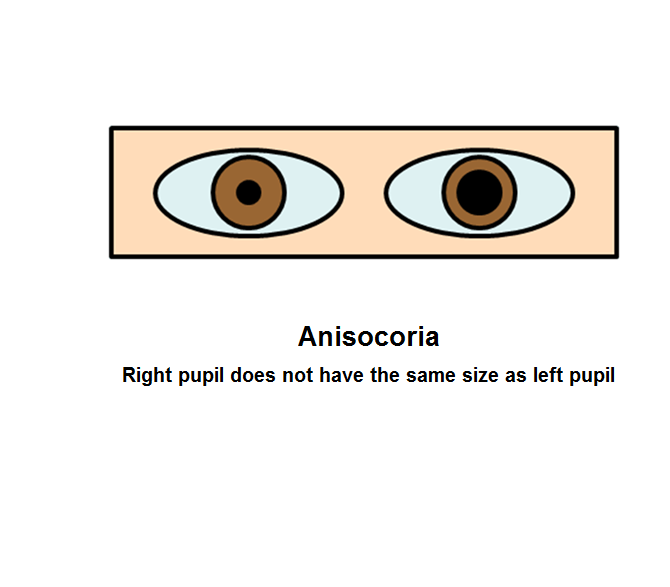
What is anisocoria?
Usually, pupil size in humans is fairly similar in both eyes and variations are so small that they are not even noticeable to the naked eye.
Pupil is the part of the human eye that allows the light in, enabling us to see. Muscles that dilate and contract the pupil regulate the amount of light entering the eye.
Anisocoria is defined as a perceptible asymmetry between the pupil size, and it is due to a different state of dilation i each eye that may suggest an underlying condition. However, there are also cases of newborns with different pupil size that may not present any underlying disease.
Is it serious?
Anisocoria is not a disease itself, and it may not have any effect on the patient’s health, but it can also be a sign caused by several conditions, from damages in ocular nerves caused by strokes to tumours or traumas. Hence, in case a difference in pupil size is detected, it is imperative to urgently go to the ophthalmologist in order to rule out any risky situation. In that case, an appointment with the Department of Neuro-ophthalmology should be scheduled, in which al necessary tests will be performed.
How can anisocoria be treated?
As it is not a disease itself, anisocoria may, in several cases, not need treatment. Nevertheless, the causes of this abnormality are extremely diverse and may need urgent attention, reason why it is necessary to urgently go to an ophthalmologist in case different size of pupils is detected. Therefore, the treatment will be contingent upon the cause.

Contact us or request an appointment with our medical team.